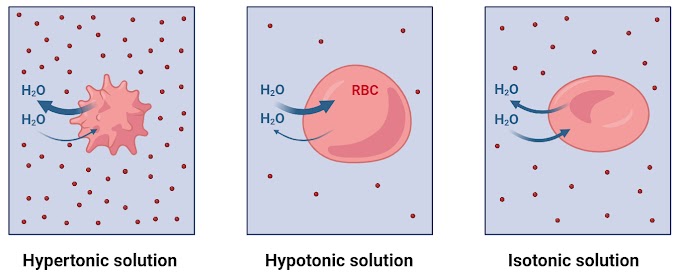Chloroplasts are organelles present in plant cells. They, through the photosynthetic process, transform light energy into comparatively stable chemical energy. This property allows them to preserve life on Earth.

|
| Diagram of chloroplast |
Chloroplasts consist of two membranes that enclose thylakoids, grana, lamella, and stroma. The thylakoid membrane contains a special pigment called chlorophyll. Chlorophyll is essential for photosynthesis as well as it also gives plants green color. Chloroplast also contains ribosomes and chloroplast DNA making it a self-replicating organelle.
The details of chloroplast can be studied here.
What is the function of chloroplast?
The main functions of the chloroplast are:
- It captures sunlight and converts light energy into chemical energy.
- The chloroplast is responsible to carry out the photosynthesis process. Photosynthesis is a process in which plant produces food in the presence of sunlight.
- It provides green color to the leaf.
- ATP, an energy currency is produced inside chloroplast during photosynthesis.
- NADH or NADPH are produced.
- It is involved in the production of oxygen molecules by the breakdown of water.
- The carbon dioxide captured from the air is fixed into sugar molecules during the Calvin cycle inside the chloroplast.
- Chloroplasts provide plant cells with numerous metabolic processes, including starch, fatty acid synthesis, hormones, and membrane lipids.
Video Lesson
References
- Takagi, S. (2003). Actin-based photo-orientation movement of chloroplasts in plant cells. Journal of Experimental Biology, 206(12), 1963-1969.
- Soll, J., & Schleiff, E. (2004). Protein import into chloroplasts. Nature Reviews Molecular Cell Biology, 5(3), 198-208.
- Lemaire, S. D., Michelet, L., Zaffagnini, M., Massot, V., & Issakidis-Bourguet, E. (2007). Thioredoxins in chloroplasts. Current genetics, 51(6), 343-365.
- Image created in BioRender.com





0 Comments